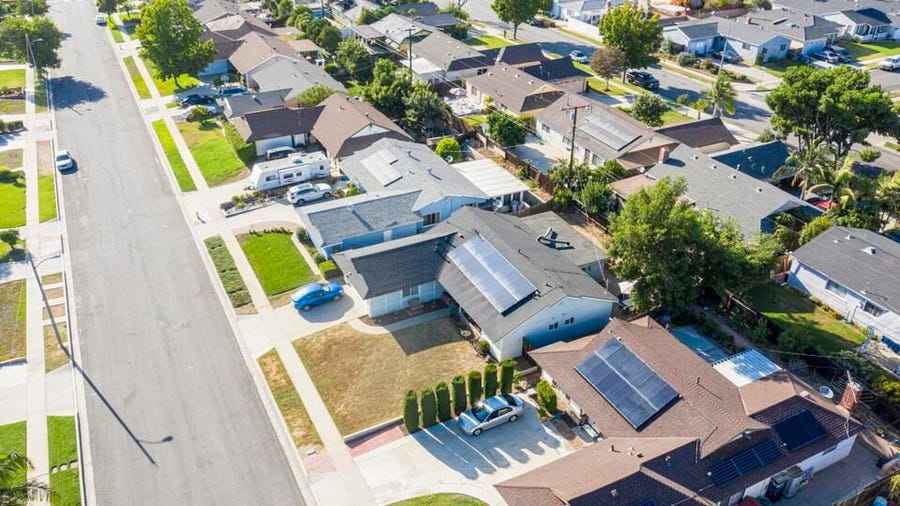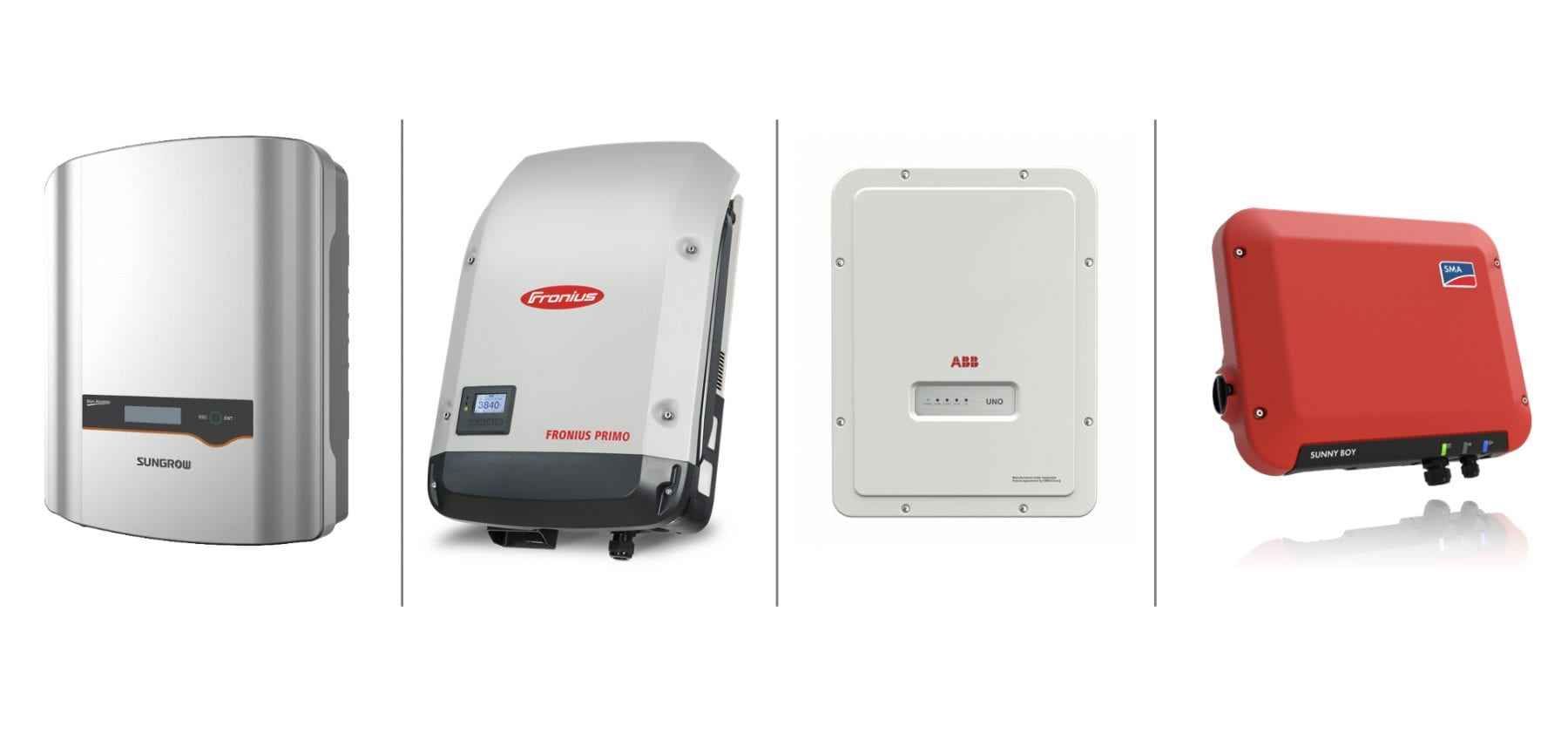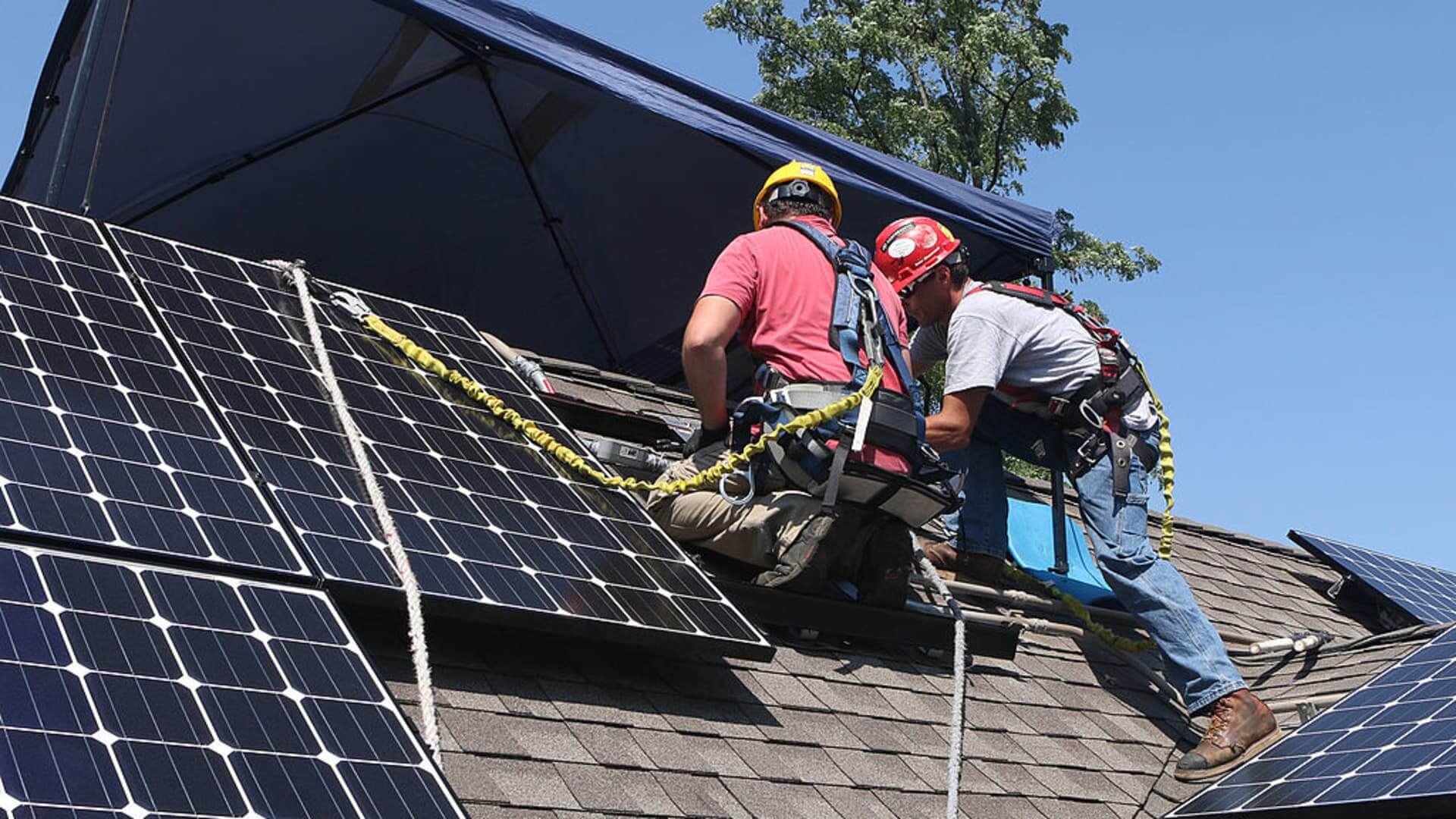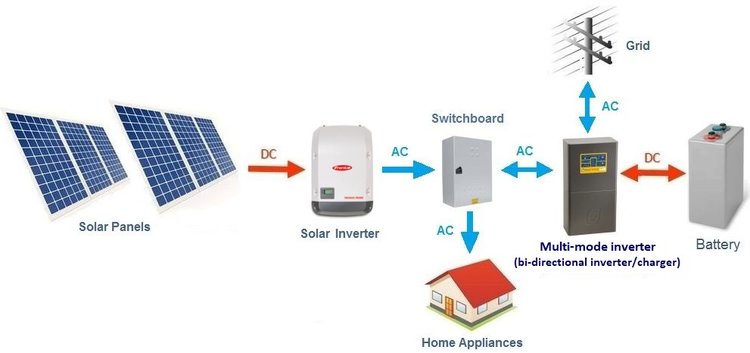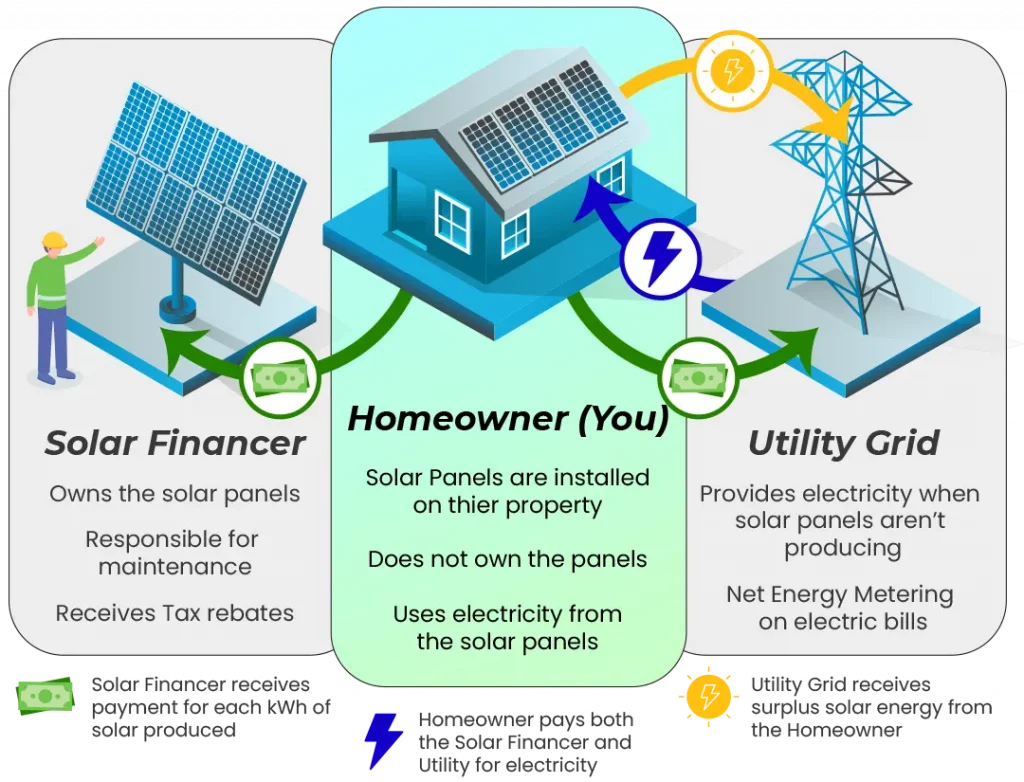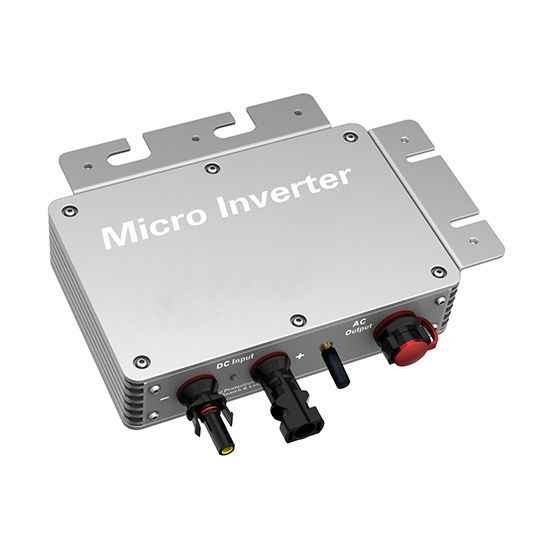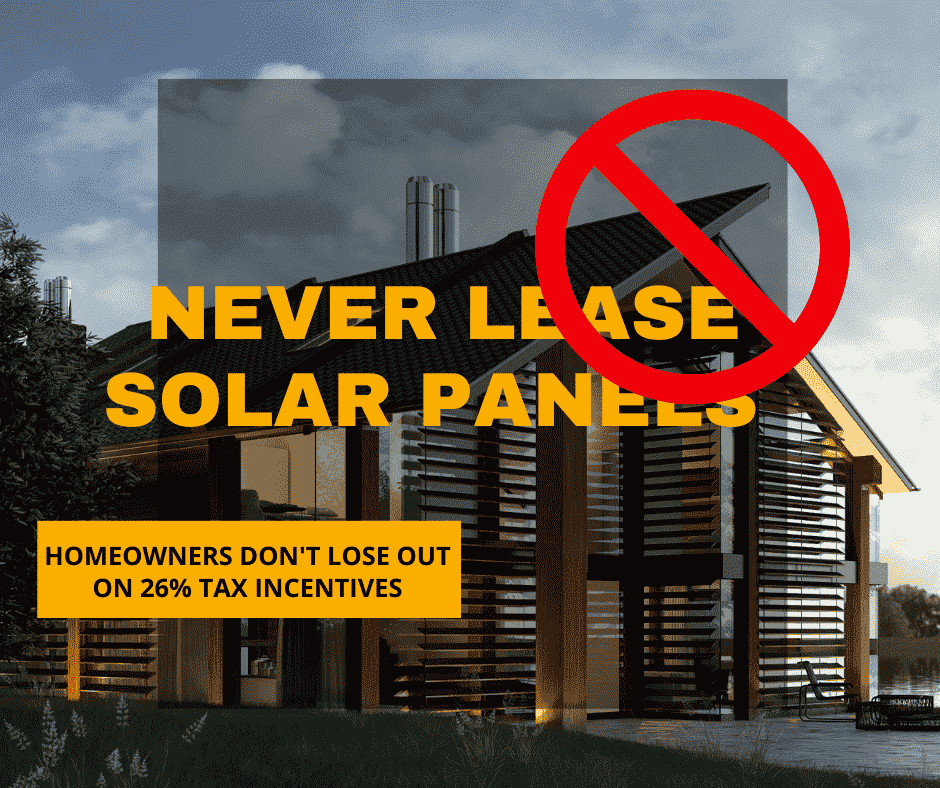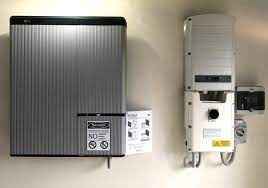
- December 20, 2022
- admin
- 0
Check out the California Solar Consumer Protection Guide.
Steps for Going Solar
Step 1: Get Informed
Setting your home up with solar technology can reduce your energy bill and your carbon footprint. We have the information and resources to help you get started.
Who: You
How: Be sure to read the California Solar Consumer Protection Guide to understand the steps involved in going solar, know your rights as a solar customer and obtain information to decide if going solar is right for you. You can also check out our Ready to Go Solar fact sheet for additional information.


Step 2: Consider Energy Efficiency First
You can save money in energy by taking simple efficiency measures—like swapping old incandescent lighting for CFL or LED bulbs—to reduce your overall use.
Who: You
How: Consult our Home Energy Guide to find energy-saving solutions, and visit the SCE Marketplace to get valuable information about smart products, programs and tools.
Step 3: Choose a Contractor
A qualified, licensed solar contractor will provide you with a free home evaluation and comprehensive quote. Obtain and compare multiple bids before beginning.
Who: You
How: If you can, get referrals from friends and neighbors. Search for active solar contractors in your area by using the California DG Stats Search tool.
Another great resource is the SCE Solar Marketplace, an easy-to-use, one-stop shopping service; offering customers a reliable resource to search solar vendors, compare prices of rooftop solar systems, finance options, and receive the benefit of having multiple vendors bid for their business.

Save $500 Off Rooftop Solar and Lower Your Bill
SCE does not endorse or recommend any solar contractor. SCE partners with GRID Alternatives to promote the Disadvantaged Communities – Single-family Solar Homes (DAC-SASH) program (as described below). If you receive any claim by any other entity or contractor of an affiliation or partnership with SCE, please report to us by visiting Scam Alert and using one of the contact options.


Step 4: Installation
Your solar generating system needs to be installed, permitted and approved for interconnection. Your city or county will perform an onsite inspection and provide the required permit(s). SCE will provide authorization to operate the solar system once proper installation and permitting is completed.
Who: Your contractor
How: In most cases your contractor will coordinate and manage the following activities:
- Apply for interconnection and Net Energy Metering (NEM) with SCE
- Apply for a building permit with the city or county
- Obtain the permit and direct the installation of the solar system
Step 5: Net Energy Metering
Once your solar system is installed, SCE’s net energy meter measures any excess solar energy you generate, sends it back onto the grid and credits your bill. Learn how net energy metering works and how to read your NEM bill.
Who: Your contractor
How: Once your contractor has obtained approval for NEM, your meter will be updated, and you are immediately signed up for the rate plan.
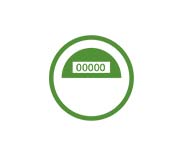
Information on Solar Programs Available to Our Customers
Green Rate Option
If you would like to support renewable power but are unable to install solar panels on your roof, we have an alternative solution for you. By participating in the Green Rate, you help support clean energy for a brighter future in Southern California. Learn more
Income Qualified and Want Solar? SCE Can Help
Homeowners may qualify for a free home solar system from our partner, GRID Alternatives. Find out if the Disadvantaged Communities – Single-family Solar Homes (DAC-SASH) program, a state of California program for low or fixed-income families, can help you. Your home must be in a DAC to qualify. Learn more
Do You Rent and Still Want Solar?
If your building owner participates in the Solar on Multifamily Affordable Housing (SOMAH) program, you as a tenant will see a credit from the solar production on your electricity bills. Learn more





